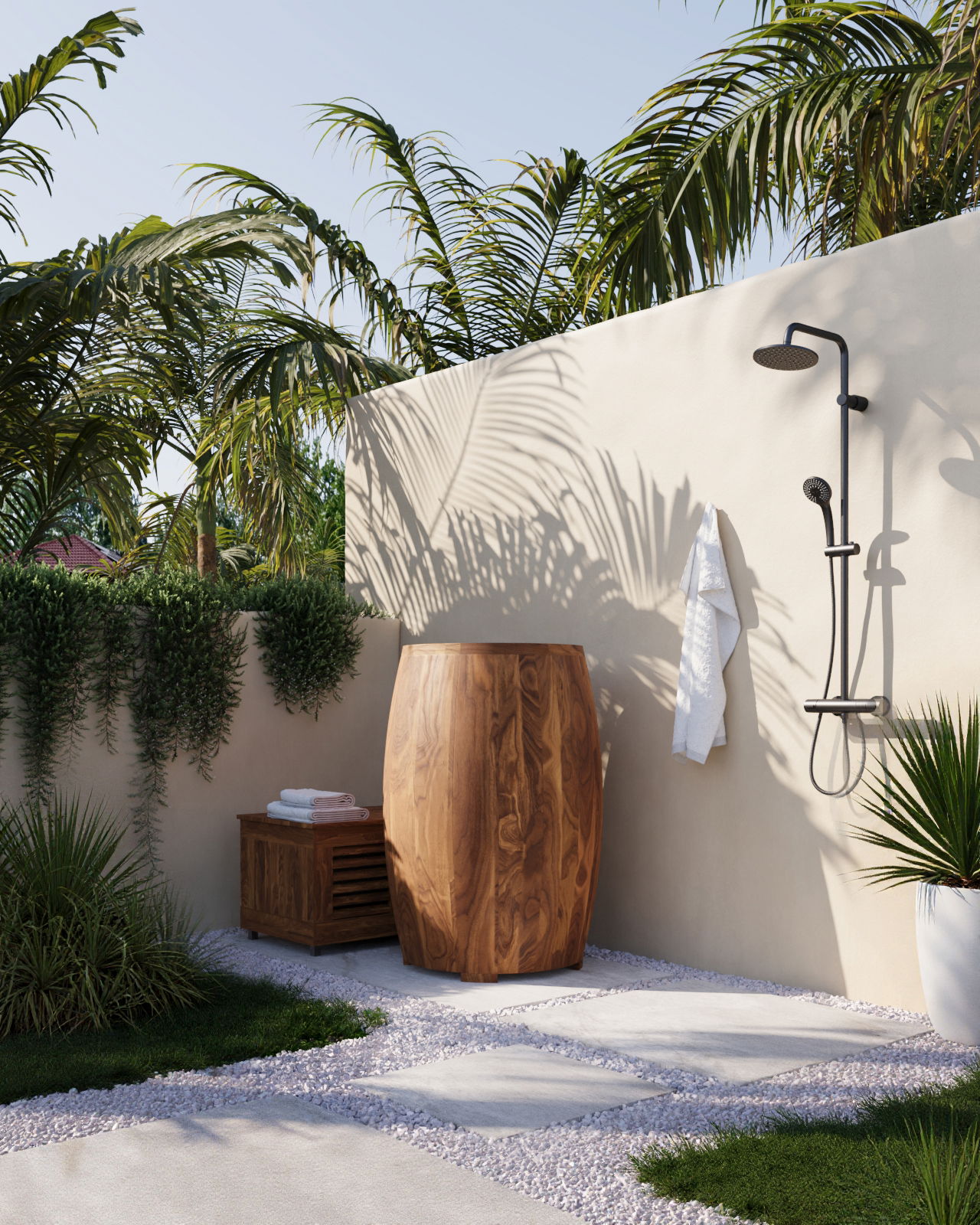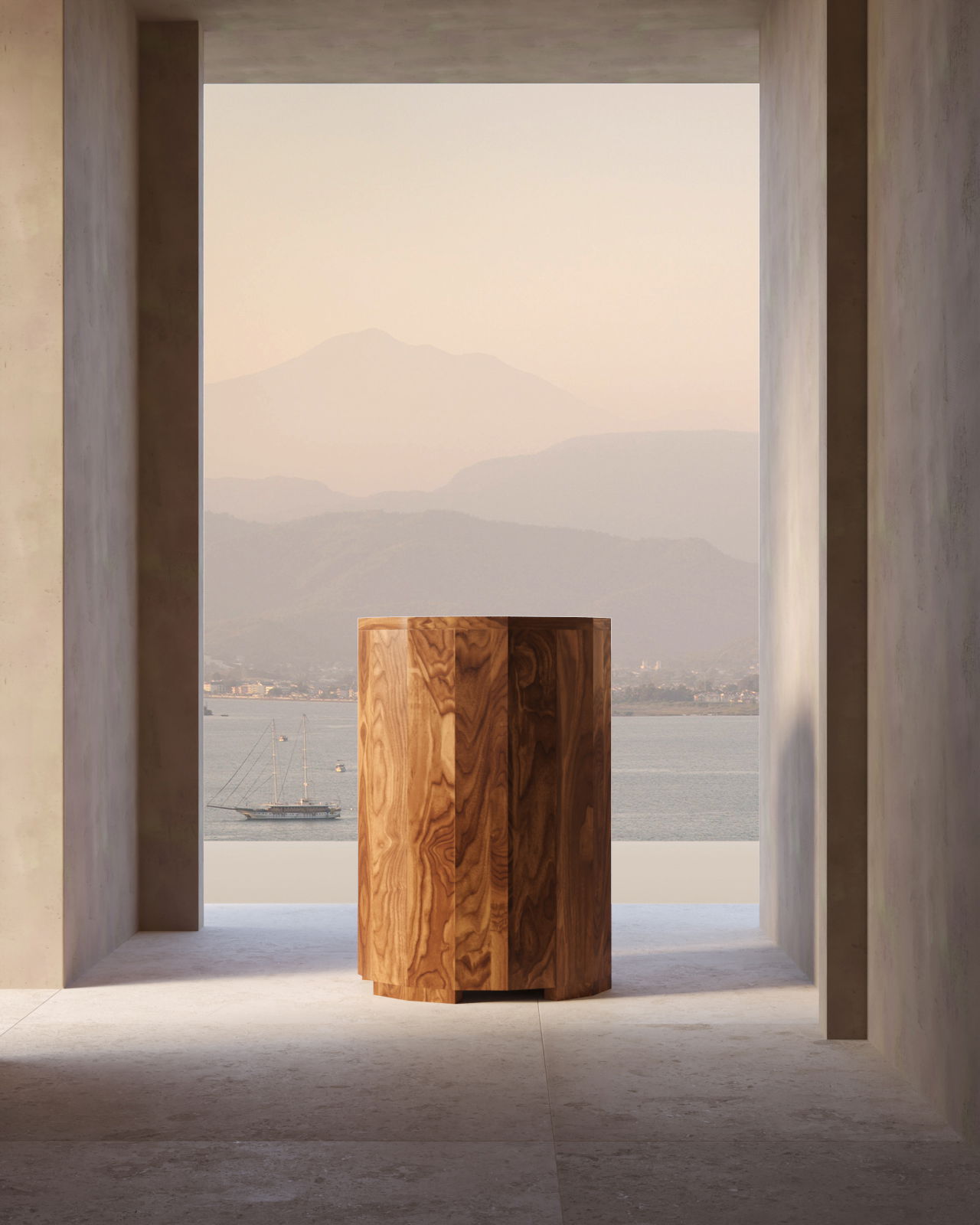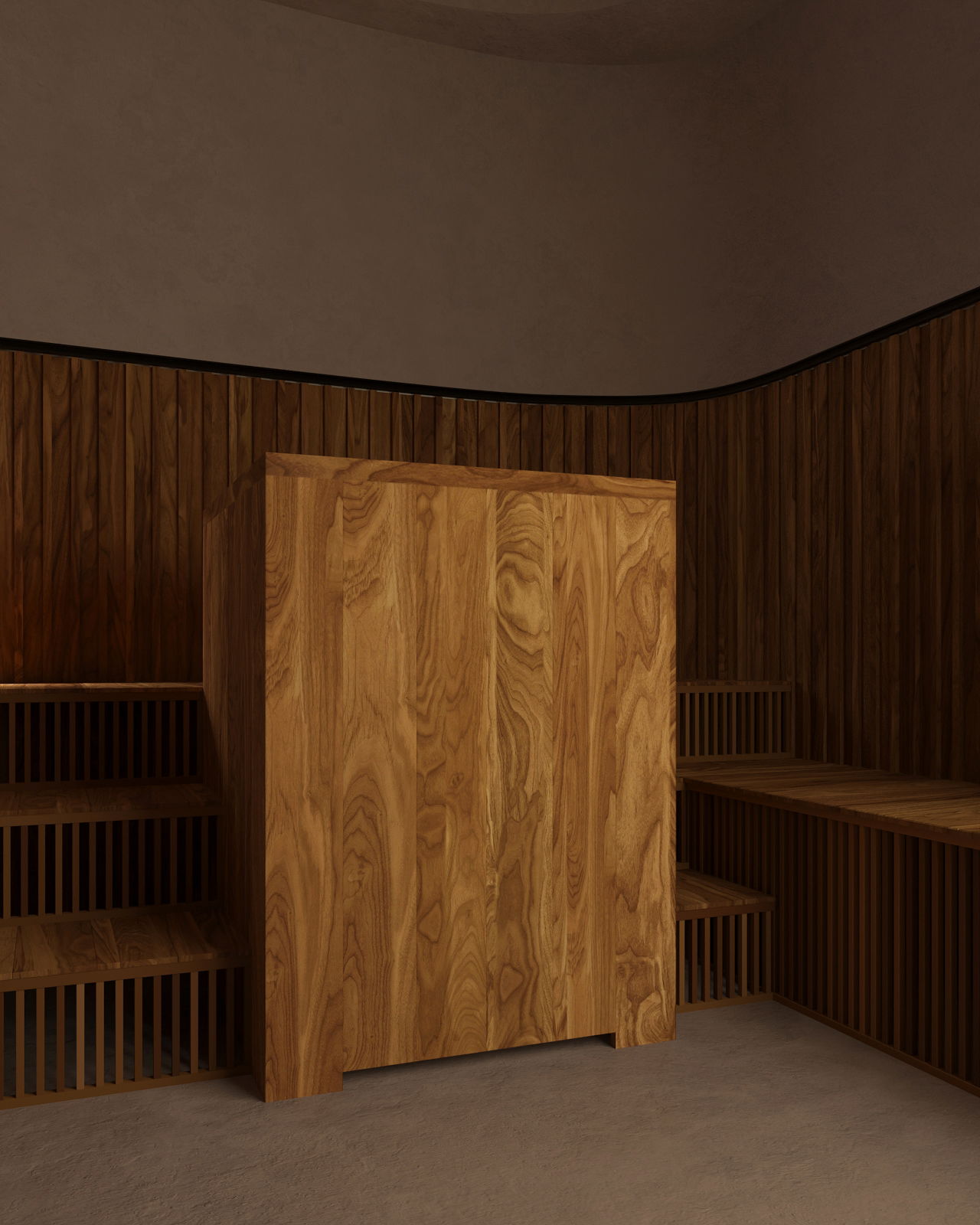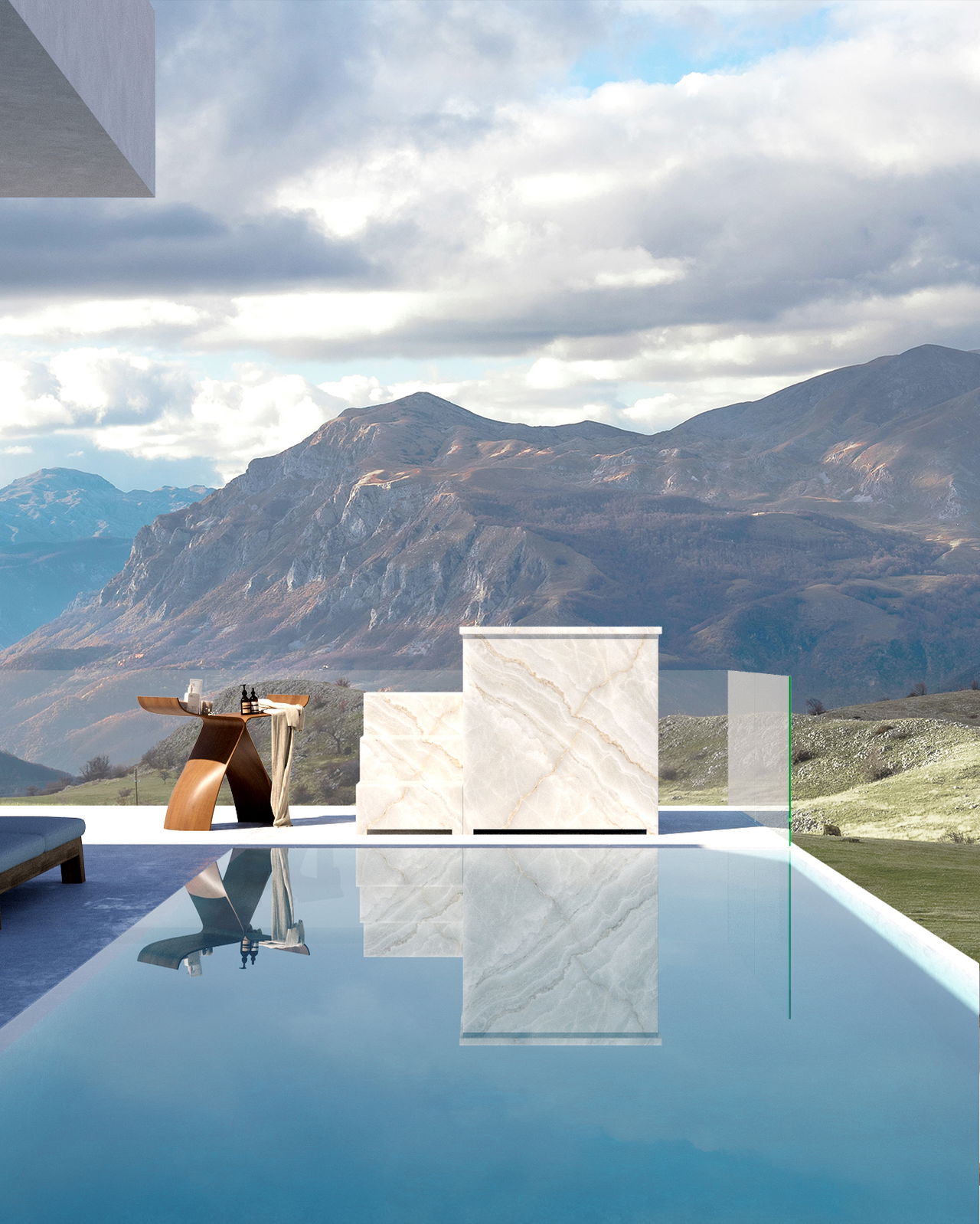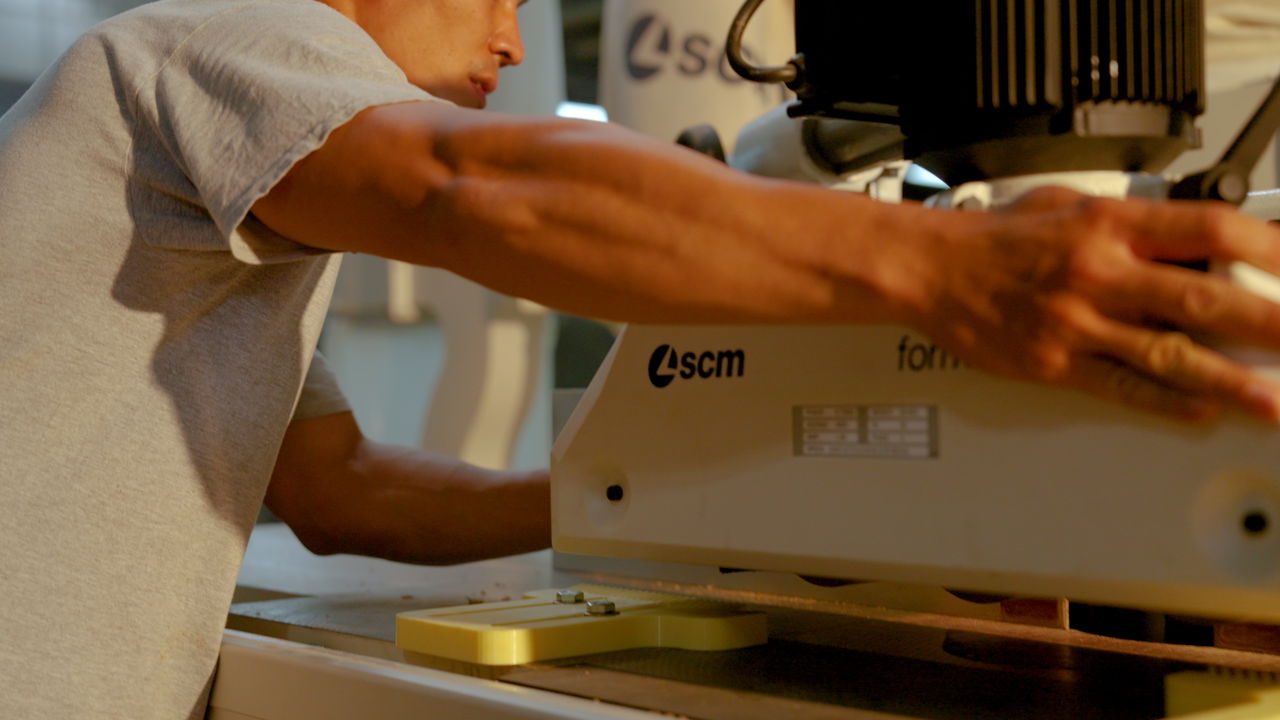
Assembly
Each bath is joined by hand using traditional techniques, ensuring a level of precision that’s invisible to the eye, but felt in every touch.
Effortless Craftmanship
Once dried, we cut every plank with SCM industrial machines, accurate to 0.001mm.
This level of precision allows every joint to align perfectly, without the need for visible fasteners, resulting in an ice bath that looks like it was sculpted from a single piece of wood.
It’s a process that speaks deeply to one of our beliefs: true craftsmanship should feel (and look) effortless.
Our assembly process has evolved through experience. Originally, we crafted each bath from 72 thin strips of teak.
While visually striking, this design came with many challenges: every small segment introduced potential weak points, and over time, maintaining structural stability became a constant battle. We knew we had to rethink the design.
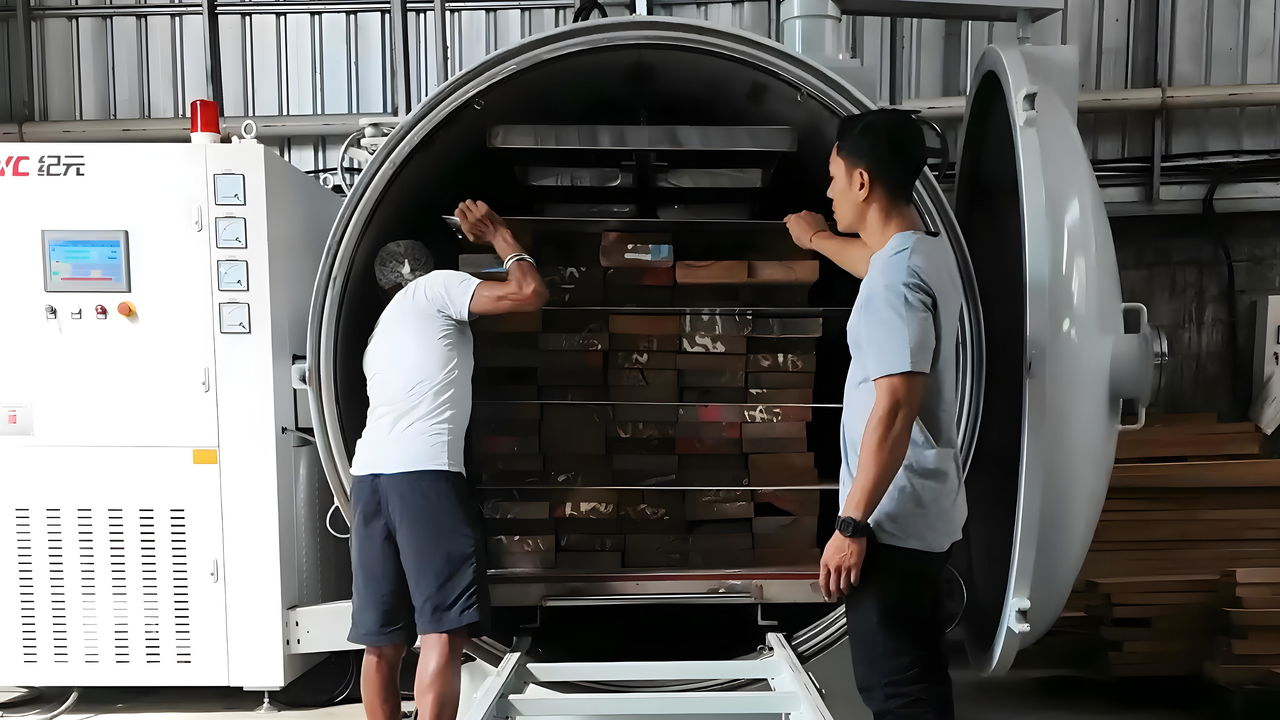
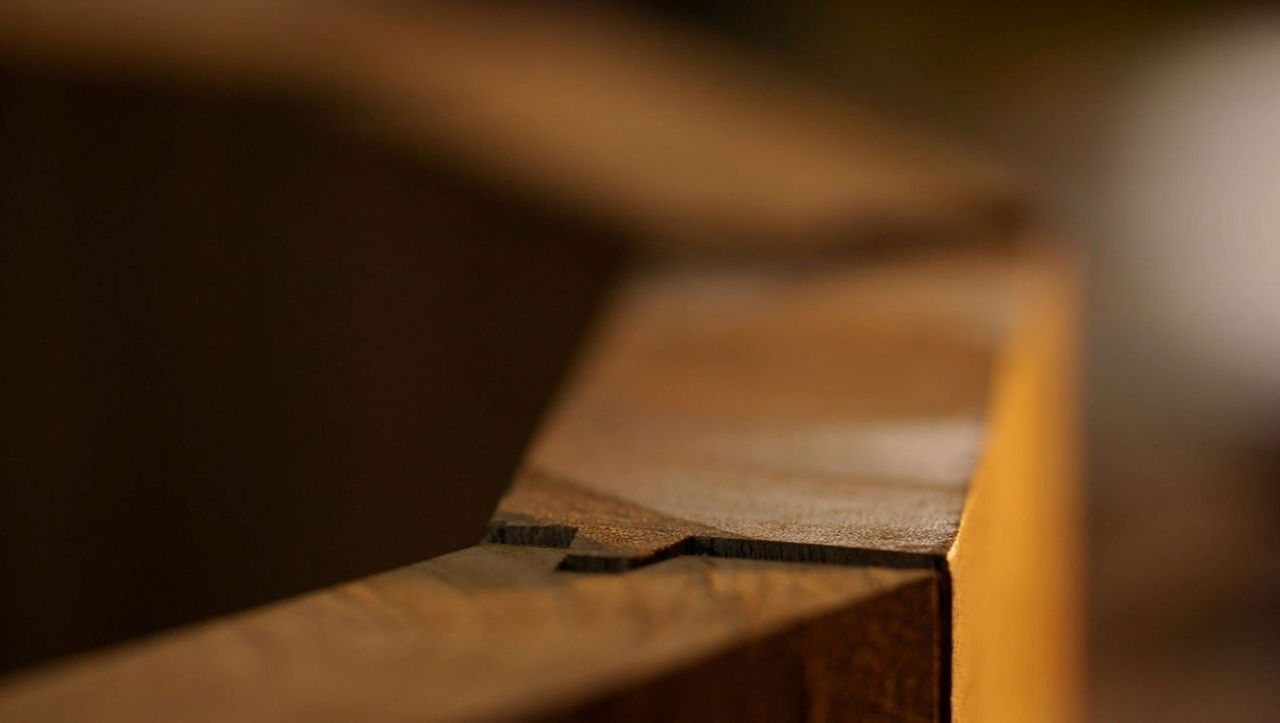
Today, we build every bath from 16 substantial teak segments, each precisely crafted to interlock with absolute accuracy.
By increasing the thickness of each piece, we’ve dramatically enhanced the barrel’s strength and durability. Using tongue-and-groove joinery, we manually lock every segment into place, for a structure that gains its resilience from the wood’s geometry (not from glue, screws, or metal bands).
But we take this approach even further: We cut each piece with tolerances down to 0.001mm, allowing them to fit so perfectly that mechanical fasteners become pointless.
The result is a seamless, solid bath where every curve, line, and joint feels as intentional as the design itself.
Pressure Perfect Assembly
Achieving this precision wasn’t easy, but it was essential. We engineered a proprietary clamping system that applies controlled pressure at three key points, aligning and bonding every joint into one flawless structure.
With surgical accuracy, it locks in strength, eliminates stress, and preserves the bath’s perfect form for decades.
No screws. No bolts. No bands. Just a seamless, sculptural finish. Fewer parts mean fewer failure points and easier maintenance: a philosophy of simplicity as the ultimate sophistication.
See how raw teak becomes high performance.
see our finishing process
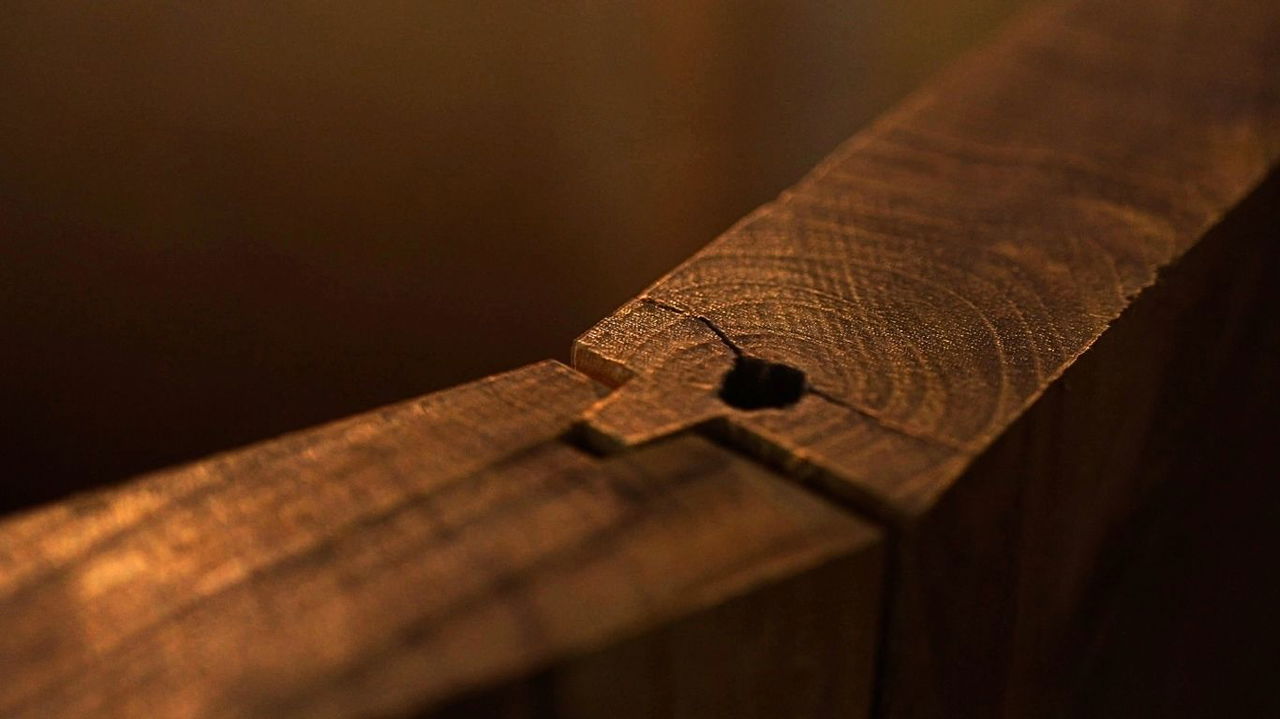

We're here to help.
Chat with us, request a quote, or give us a call.
Get In Touch

